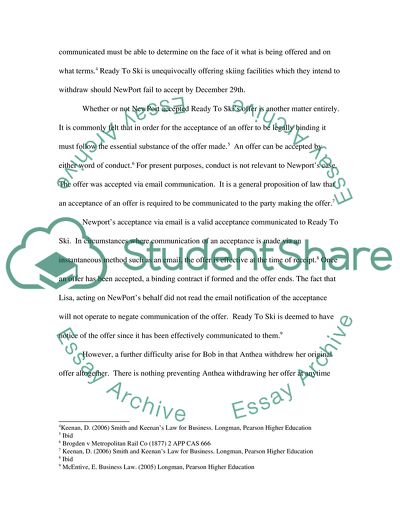Cite this document
(Legal Environment Case Study Example | Topics and Well Written Essays - 2500 words, n.d.)
Legal Environment Case Study Example | Topics and Well Written Essays - 2500 words. https://studentshare.org/law/1705976-legal-environment
Legal Environment Case Study Example | Topics and Well Written Essays - 2500 words. https://studentshare.org/law/1705976-legal-environment
(Legal Environment Case Study Example | Topics and Well Written Essays - 2500 Words)
Legal Environment Case Study Example | Topics and Well Written Essays - 2500 Words. https://studentshare.org/law/1705976-legal-environment.
Legal Environment Case Study Example | Topics and Well Written Essays - 2500 Words. https://studentshare.org/law/1705976-legal-environment.
“Legal Environment Case Study Example | Topics and Well Written Essays - 2500 Words”. https://studentshare.org/law/1705976-legal-environment.


